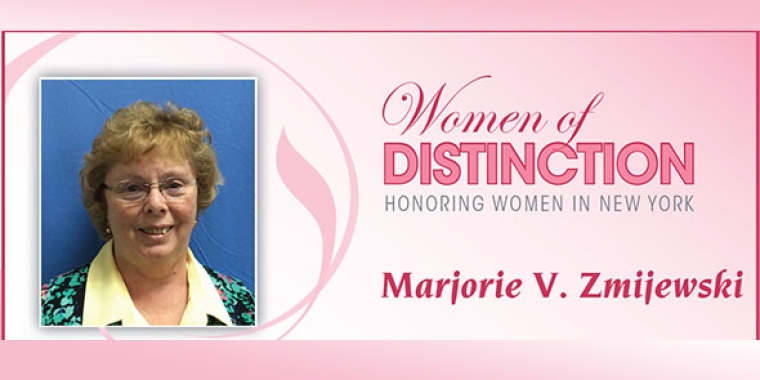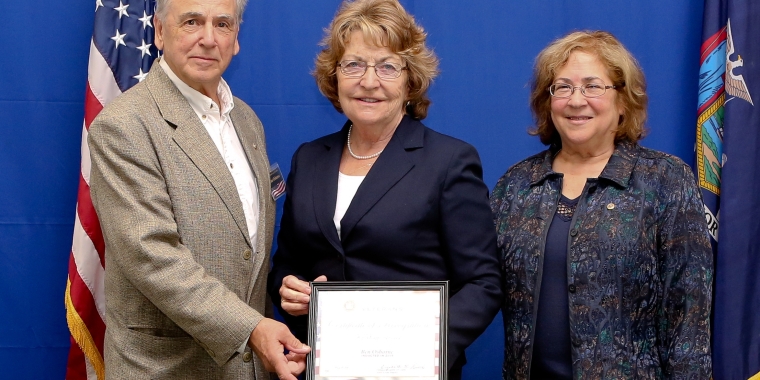
In My Opinion -- Hold off on Adirondack land purchases until further review
Betty Little
November 30, 2009
-
ISSUE:
- Environment
Op-ed by Senator Betty Little
Tuesday, November 24, 2009
“Just how is it that all of that public land ended up in the hands of private ownership?”
That is the question I was asked by a Senate colleague following a lengthy debate we had just finished on a bill specific to the Adirondack Park. I answered, because the people were there first, before the Park was created and much of the land protected forever wild.
My colleague’s question raises an important point: many legislators in Albany with the power to weigh-in and vote on policies specific to the Adirondacks really have no idea what life is like within the Park. They vote and we deal with the consequences.
When I tell people in Albany I represent much of the Adirondack Park, they are quick to compliment its beauty and vastness. I agree completely. But I am quick to inform them that the region I represent is much more than that. It is home to thousands of people struggling to make a living. It is a region where the sustainability of communities is questionable. It is a place on track to surpass the West Coast of Florida as having the nation’s oldest population.
The current year’s budget brought up an interesting issue. The executive budget had proposed “freezing” the amount of funding the state pays schools and local governments for taxes owed on state-owned lands. We were successful in defeating that ill-advised and patently unfair idea with the help of a broad coalition of groups, including environmental advocates, businesses and local elected officials.
But if the state essentially acknowledges it is having trouble reimbursing taxes fully, why would the state continue buying more land? The state is currently considering the acquisition of 69,000 acres of former Finch-Pruyn lands in fee title.
I have personally recommended to Governor David Paterson that given the budget crisis the State not purchase any more land within the Adirondack Park. With a $3.2 billion deficit this year that may grow up to $10 billion next year, there should be no question.
A more cost-effective compromise would be the use of conservation easements which would strike a better balance between preservation and continued activity, such as logging, important to the local economy.
Before buying more land, let’s assess the impact of these purchases. Now is a good opportunity to ask how well the state is managing these vast tracts. The State Land Master Plan is overdue for a thorough review and revision. Before adding more land, it makes sense to contemplate where we are headed, what our goals are for the Park and to invite the public into that discussion. At the center of that discussion needs to be the question, when is enough, enough?
Share this Article or Press Release
Newsroom
Go to NewsroomBenjamin Osborn
May 19, 2015

Marjorie V. Zmijewski
May 13, 2015

